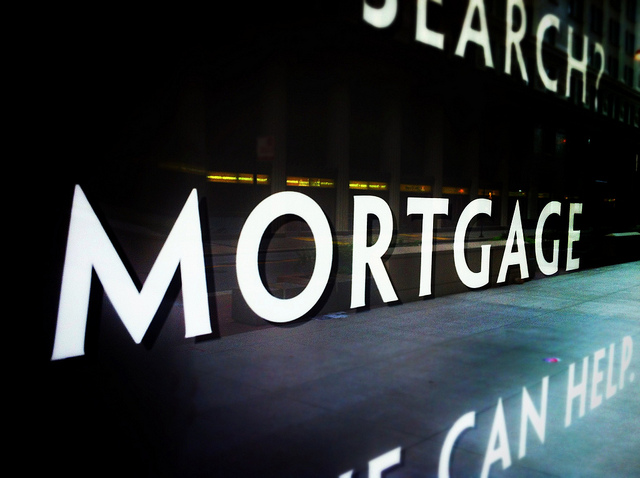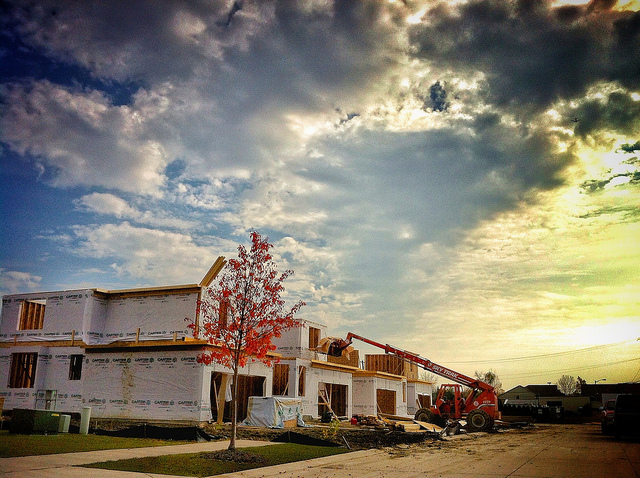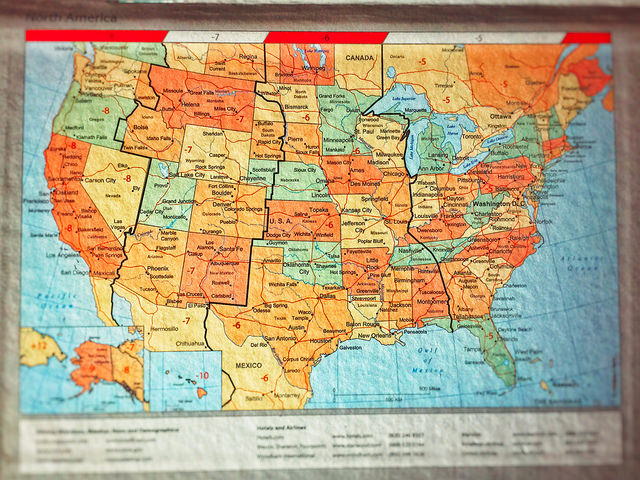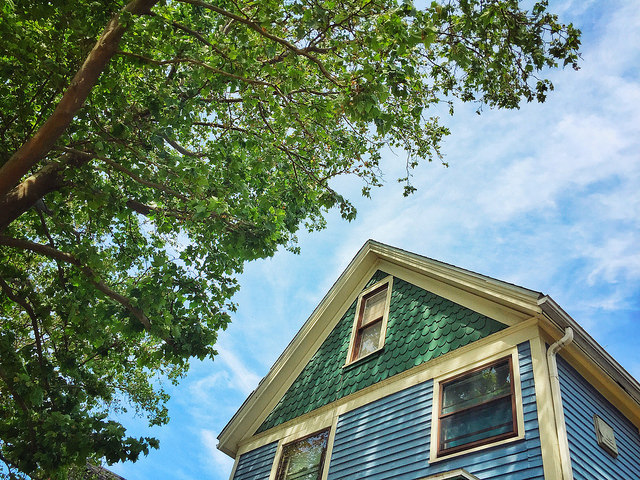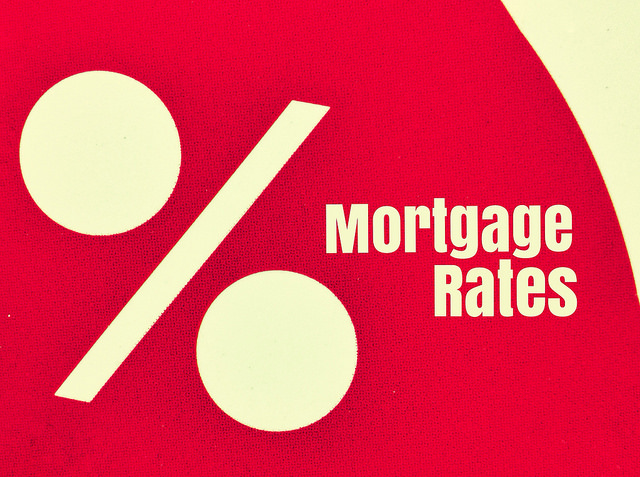According to the Mortgage Bankers Association’s Weekly Applications Survey, average mortgage rates fell last week for just the second time since September. But, despite lower rates, demand for mortgage applications was unchanged from the week before. In fact, refinance activity – which is typically more sensitive to rate fluctuations – was down 1 percent and demand for loans to buy homes was up an equal amount. Joel Kan, an MBA economist, told CNBC rates are responding to several economic factors. “Treasury yields weakened last week following the release of more details around the administration’s tax reform plan and the announcement of a new Fed chair,†Kan said. But with rates down, why wasn’t there a corresponding spike in demand for loan applications? Well one reason could be that rates have been hovering within a narrow range for several months and may not be the factor influencing most home buyers this fall. With rates relatively steady, buyers may be more concerned with a lack of available homes for sale or higher prices in their market. The MBA’s weekly survey has been conducted since 1990 and covers 75 percent of all retail residential mortgage applications. More here.



